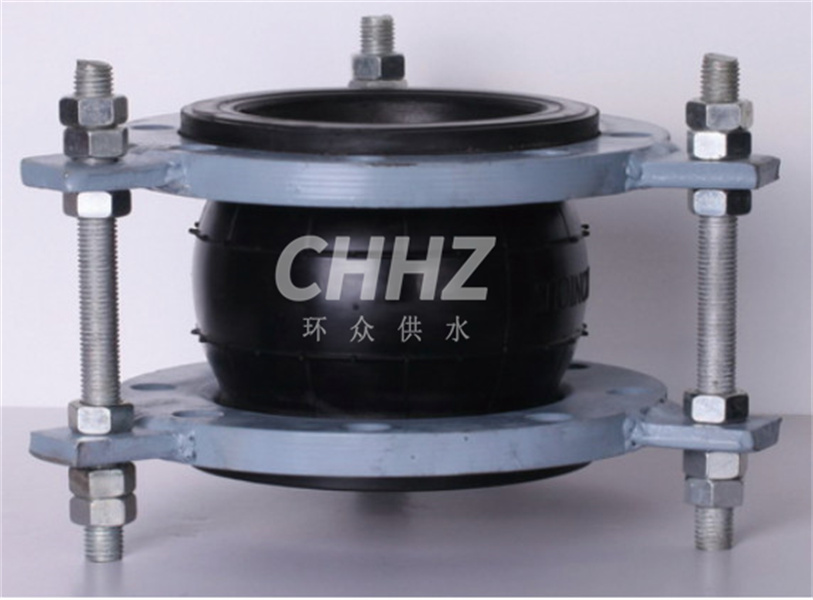How to maintain the rubber expansion joint
The installation quality of rubber expansion joints, before installation, installation process and after installation, should be strictly regulated according to the construction management system. Only the installation of rubber soft joints according to the specifications to ensure the practicality, then, after the installation of rubber soft joints shall open maintenance? What should I pay attention to when maintaining? Rubber joints are mainly made of elastic rubber, which absorb pipes and pipelines through effective expansion and deformation to produce size change compensation and vibration damping elements, usually with flange connections.
As the main material of rubber joints is rubber, when it is used in high temperature, high pressure and other environments, rubber is easy to produce deformation, and when the pressure inside the rubber joint increases, the surface of the sphere is easy to produce cracks.
Special attention should be paid to the maintenance during the installation and use. Painting and winding insulation materials are strictly prohibited on the surface of the joint. It is strictly forbidden to cut the appearance of sharp utensils, sealing surface and use of media that do not meet the requirements of this product.
In terms of preservation, try to avoid sunlight exposure, build a shade frame or place in a cool and dry place, and also keep away from strong acids and alkalis.

Rubber joints with high working pressure should be equipped with limit devices, and fixed brackets can be added at the bend of the pipeline. Check whether the bolts of the flange of the rubber joint are tightened, if not, it will cause the rubber joint to leak and the rubber sphere to wear more seriously. Rubber joints, as the main parts of long-distance pipeline, are inevitably subjected to various environmental influences for a long time, which may cause aging and corrosion and affect the service life of rubber joints. Therefore, rubber joints should pay special attention to maintenance in the process of installation and use. Cleaning: After use, it is recommended that you empty the rubber soft joints. If necessary, cleaning should be carried out. Inspection: The rubber flexible joints must be inspected after each use to ensure that there is no structural damage to them. Pressure: A pressure test is recommended if the rubber flexible coupling is under severe pressure during use or if the outer layer of the rubber flexible coupling will be in contact with the conveyed liquid for a long time. Keep away from things containing strong acids and alkalis and from heat sources.

